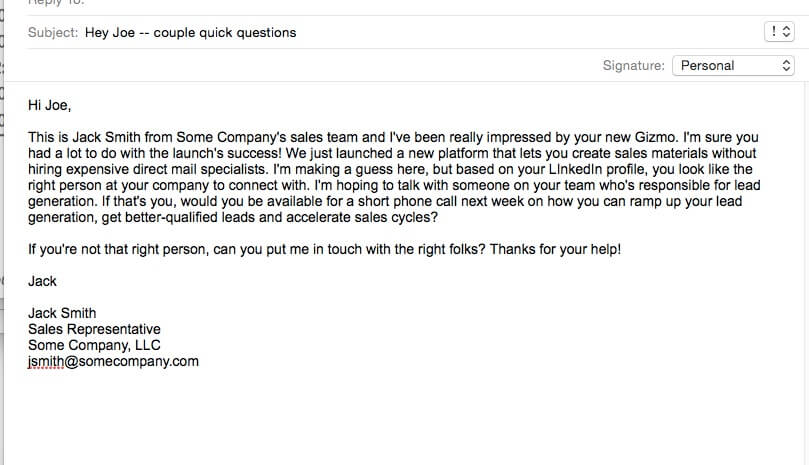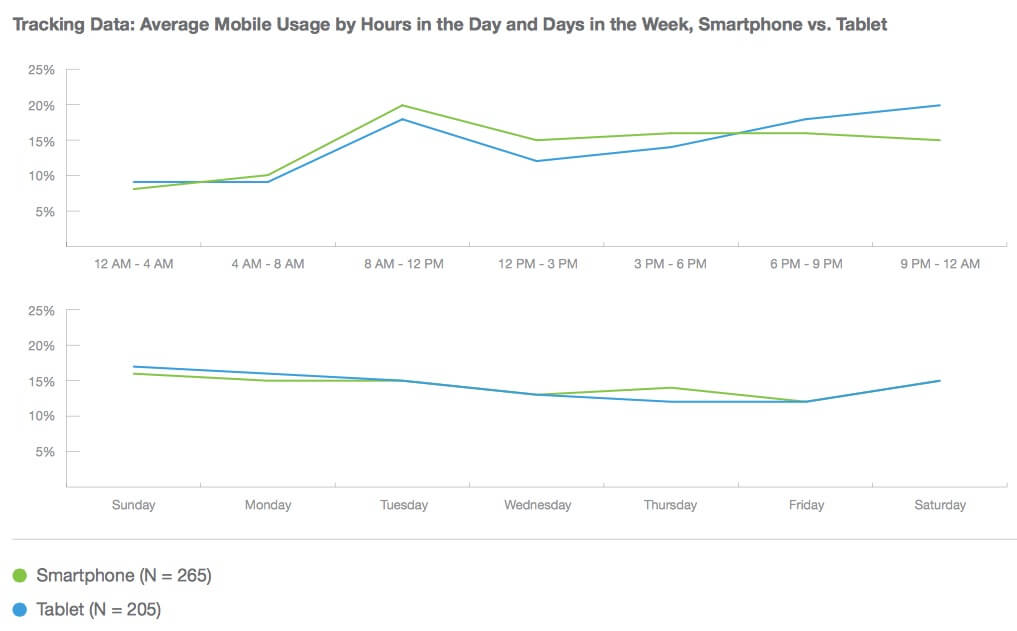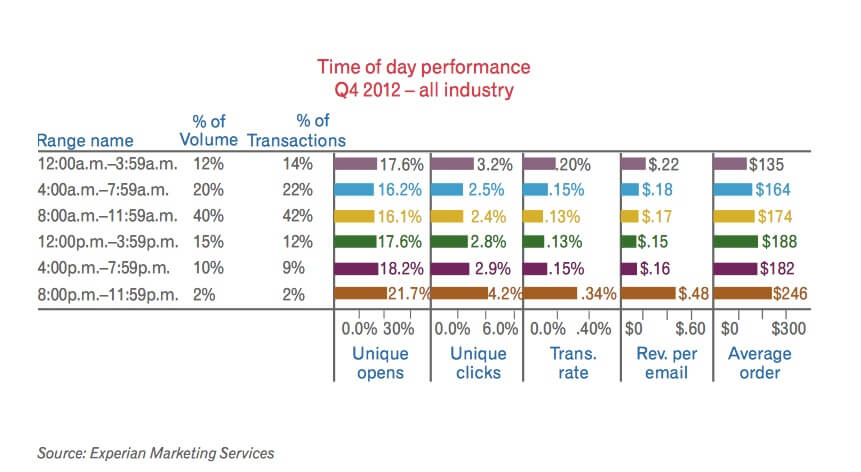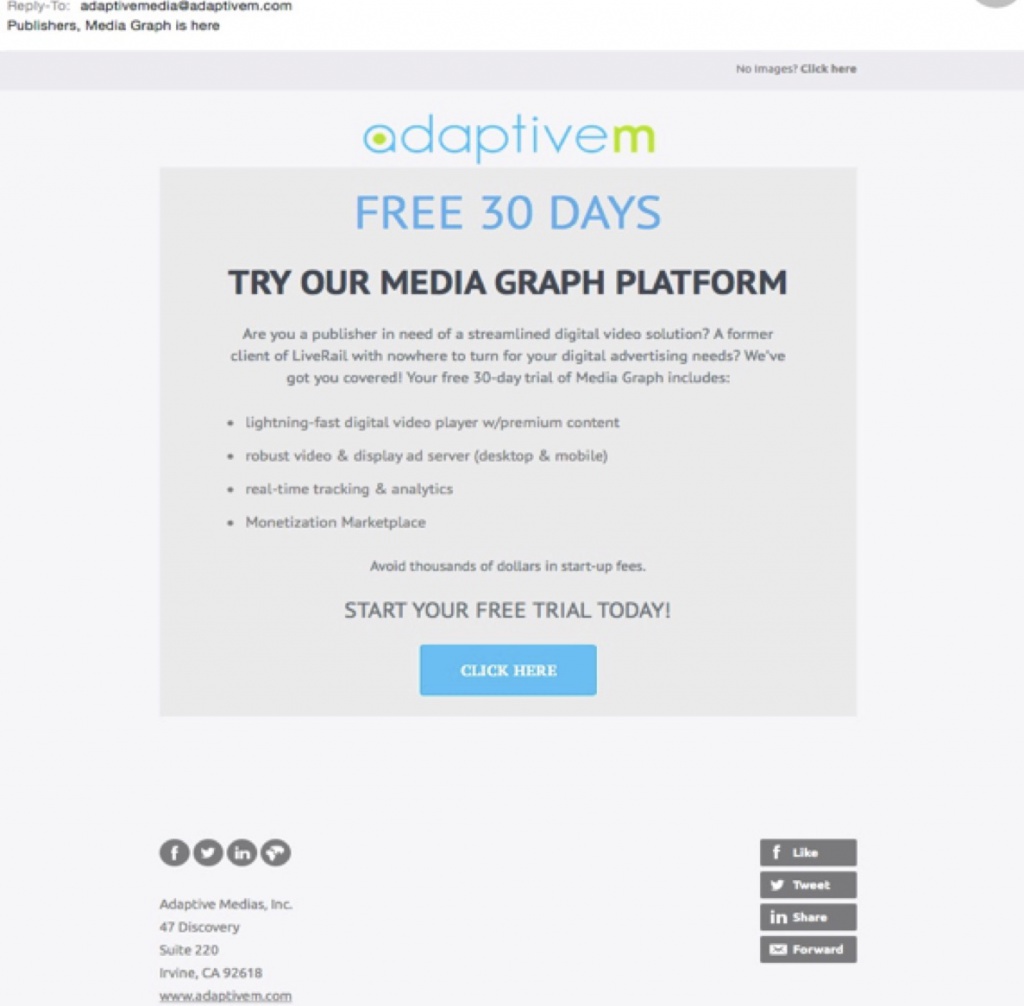Email messages. Every day each of us receives an average of 122 of them, according to a 2015 study by market research firm Radicati Group.
It’s harder than ever to get people’s attention, so you pay careful attention to email marketing experts and follow the best practices for email marketing that they recommend. In fact, we tend to accept conventional wisdom uncritically – with so many experts telling us this or that, how could it be wrong?
But as with most things, conventional wisdom about email marketing isn’t always right. That’s because while the email marketing environment is evolving, conventional wisdom isn’t. Best practices are what worked in the past – in a world where email was confined to a PC and work hours. And because they worked they’re now everyone’s practices.
But much has changed. First there’s that growing avalanche of email, and we become ever-more sophisticated in filtering out what we don’t want. Second, email now comes to us on an increasing variety of mobile devices. Some rules no longer hold true. Breaking them, in fact, can sometimes give you an edge.
5 conventional rules about email marketing to think about breaking.
1. The bigger your list, the better. Not necessarily. Of course a bigger list of qualified contacts is better than a small one. But an untargeted, big list may not achieve your business goals. A small list with qualified contacts, people who have made a positive indication that they’re interested in what you’re offering and hearing from you, will deliver better returns on your email marketing efforts. A well-qualified mailing list also reduces the likelihood of annoying recipients and ending up in the spam folder.
And it should go without saying, don’t buy email lists. Email from businesses you don’t know and have no interest in are as unwelcome as those “Russian women want to date you” spam-mails. Good lists grow slowly because businesses that have them aren’t trading or selling them. For instance, Hubspot.com offers some straightforward ways to build your email list without leaving a trail of ‘unsubscribes’ – or worse, an entry on TheSpamDiaries blog.
2. Lots of offers drives engagement. No. Offers that match the recipient’s interest, drive engagement. For example, if a customer looked at an out-of-stock item on a recent visit, alert them when it’s in stock. Wish or preference lists are ideal for letting customers tell you what they’re interested in (and it will probably reduce the number of abandoned carts, too).
Build relationships with new customers by only emailing them promotions for products they’re predicted to like. But use common sense. If someone bought an electronic device yesterday, they’re probably not buying an identical one today. You can occasionally expose existing customers to products they haven’t bought before, but this shouldn’t be random.
3. Use a person’s name. Not if you don’t know them and they’ve never done business with you. Personalizing by name is a double-edged sword. That’s because people are increasingly worried about who has information about them and how it’s being used. A Temple University Fox School of business study reported people respond positively to personalization that’s not easily discernable, but negatively when personalization is obvious. Ninety-five percent of customers responded negatively to an email addressed to them by name; possibly because it makes people feel like strangers are watching them as in the following cold-call email example:

This example doubles down on the inappropriately personal tone with phony compliments. It’s manipulative, and what’s more, would make some recipients feel like they’re being stalked. If Joe does reply, perhaps thinking this is someone he met at a conference or meeting, once he realizes that it’s all a come-on to get a chance to make a sales pitch, the chances of Mr. Smith making a sale are probably less than zero. While psychologists tell us that we like the sound of own names and unconsciously respond to flattery, empirical experience teaches us that most people have an equally predictable reaction when they realize they’ve been tricked and manipulated – anger and retaliation, in this case an entry on the “block” list.
Do personalize by products. The Temple study I referenced earlier showed that a personalized product offering based on past purchases was favorably received by 98 percent of its recipients. But also use common sense, and avoid repetitive product recommendations. Dynamic content can tailor each email to each recipient. This is where personalization software can make your email campaigns smarter.
In the following example, audio e-book retailer Audible keeps in contact with subscribers who have unused subscription credits by offering them a bonus – something that will keep them engaged with the service and more likely to remain subscribers.

4. Tuesday through Thursday mornings is the best time to send email. Not Anymore. Consumers are increasingly active on mobile devices, especially outside of standard 9-5 working hours. Tablets and smartphones enable a lot of engagement at other times throughout the workday as well as nights and weekends – and while they’re doing something else. Sending your campaigns when no one else is – say, Saturday morning at 10 a.m. – can be to your advantage.
A 2014 Salesforce.com report on mobile behavior found that 91% of those surveyed read email at least once a day on a mobile device, and 65% reported using their tablet while watching TV at least once per day. That’s supported by data showing that tablet usage peaks between 9 p.m. and 12 a.m., shown in the following chart:

(Source: Salesforce.com)
Salesforce’s data also showed higher tablet use Saturday and Sunday.
Experian’s 2012 email benchmark study reinforces this, reporting that email sent between 8 p.m. and 12 a.m. got the highest response rate, shown in the next chart: Although less email is sent on weekends than during the work week, email sent on Saturdays and Sundays gets the most opens, clicks, transaction rates and revenue per email, as this chart shows:
Although less email is sent on weekends than during the work week, email sent on Saturdays and Sundays gets the most opens, clicks, transaction rates and revenue per email, as this chart shows:

(Source: Experian Marketing Services)
Marketing Sherpa found similar results, reporting that 38% of email is opened on Saturday – compared with 25 percent on Tuesday.
5. Fancy templates are more likely to get your email noticed. Another ‘not necessarily.‘ Logos, and a lot of graphics don’t increase likelihood of being opened. It can even increase just the likelihood of going straight to Gmail’s new “promotions” file. In a world of smarter Gmail, plainer can be better.
The problem with over-designed templates and graphics is that they are advertising themselves first. Personal and important emails look pretty plain. Although tools like Constant Contact and Mailchimp make it possible to do a lot of things visually with your email, keep it simple and use design to focus on the message, as Adaptive Media does in this example:

Adaptive clearly communicates its message, except for one important piece. Since the company is actively targeting LiveRail users, that message should be in the subject line, or at least at the top.
The real message here is that you always need to test and understand what’s working best for your specific audience. For each best practice you read about, or each hypothesis you have, split test your audience and look at the results. Remember that your brand is unique. And your audience is buying from you, partly because of that uniqueness. Do you think a fancy template will help reinforce that uniqueness? If so, split your group. Send half an email in the new template and the other half an email with simple format. Measure what gets results. Do You think that using customers’ names will drive higher engagement? Test with a subset of customers and see what the results are.

